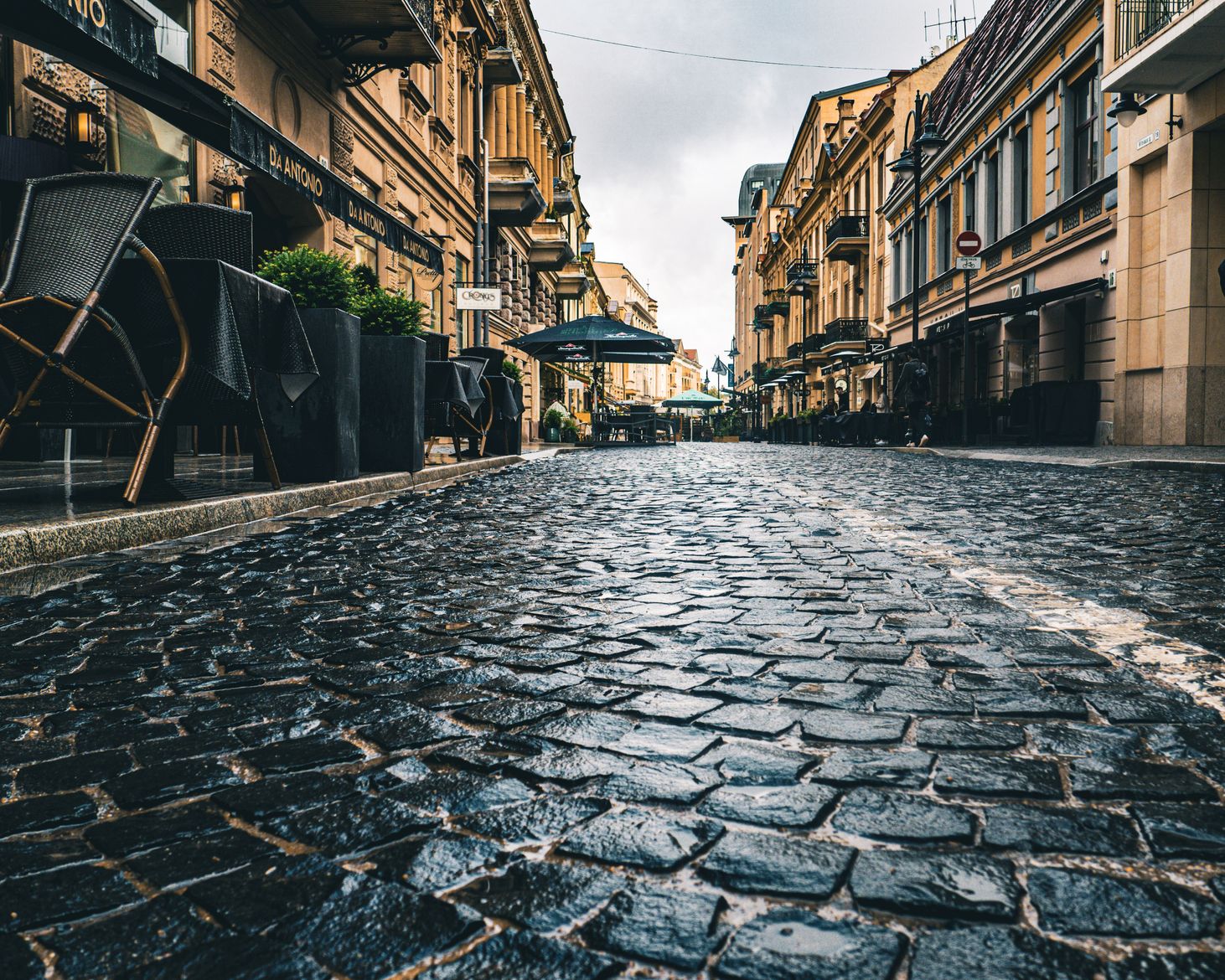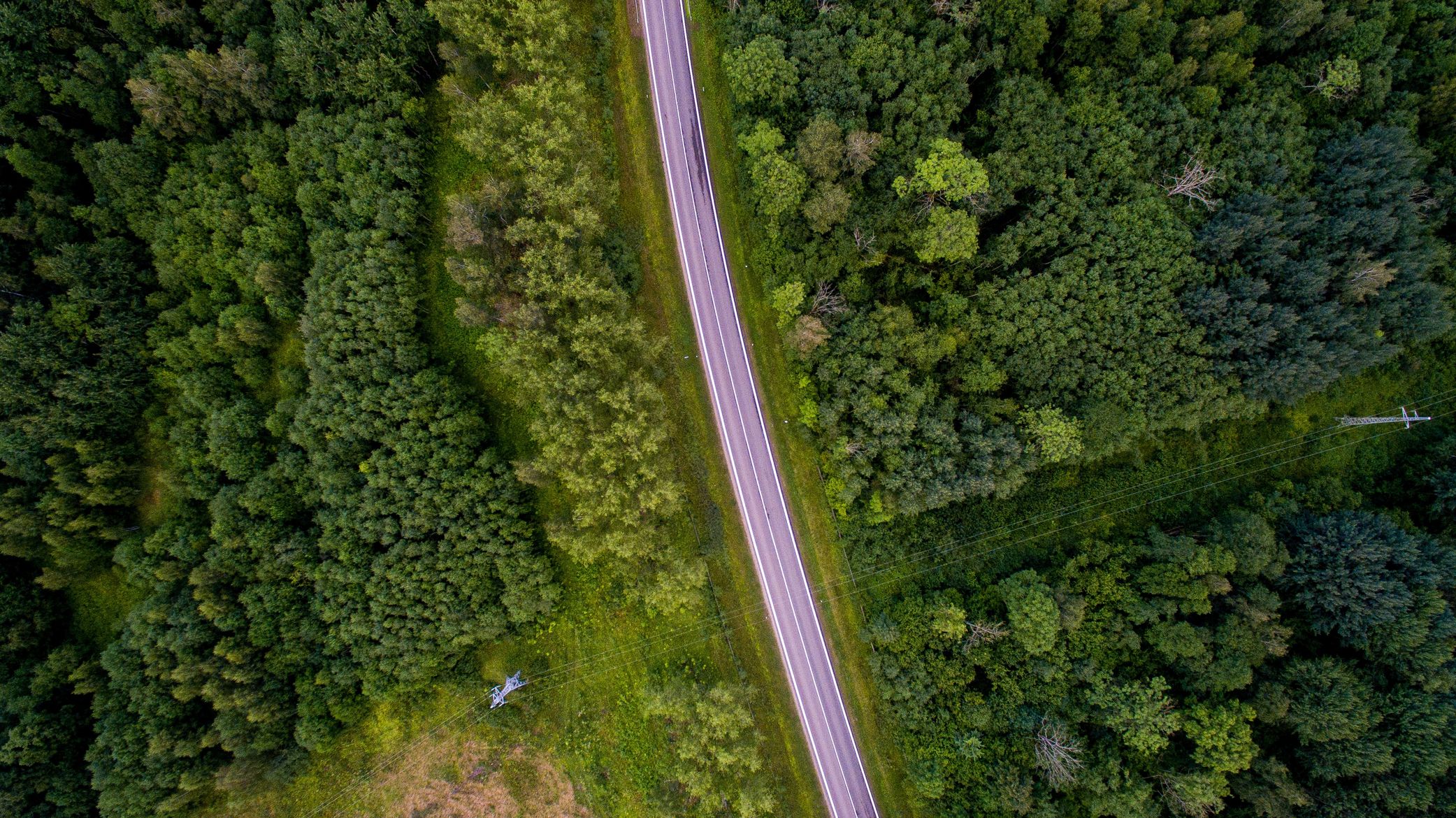Lithuania Traffic Guide
Driving Through Lithuania
Lithuania is a beautiful country in the Baltic region that offers underrated vacation spots both along the Baltic Sea coast and inland. Within Lithuania, travel by bus or train is limited and restricted to specific times. Therefore, those wishing to explore every corner of the country should consider traveling by car.
This guide will prepare you for your road trip across Lithuania. Learn about the traffic rules you need to follow in Lithuania and what to particularly watch out for when on the road.
Lithuania Traffic Rules Overview
- Driving is permitted in Lithuania from the age of 18, and since the country is part of the EU, the standard EU driver's licens is also valid in Lithuania.
- Traffic drives on the right side in Lithuania, with all related right-of-way rules applied.
- Within towns, the speed limit is 50 km/h. Outside towns, the speed limit is 90 km/h on paved roads and 70 km/h on unpaved roads. Novice drivers, who have had their license for less than two years, must adhere to a 70 km/h speed limit on all roads.
- On expressways, the speed limit is 100 km/h from November to March and 110 km/h from April to October.
- Novice drivers are restricted to 90 km/h regardless of the season.
- On highways, the maximum speed is 110 km/h from November to March and 130 km/h from April to October. Novice drivers are limited to 90 km/h throughout the year.
- In Lithuania, headlights must be on at all times regardless of the type of road or season, seat belts must be worn, and mobile phone use without a hands-free device is prohibited while driving.
- The use of radar detectors in an operational state is forbidden.
- In addition to a warning triangle, first aid kit, and high-visibility vests, a fire extinguisher must also be present in the vehicle.
- The legal alcohol limit in Lithuania is 0.4 per mille. Novice drivers must maintain a zero alcohol level.
- Alcoholic beverages must not be transported open in the vehicle, and passengers are not allowed to consume alcohol during the drive. Closed alcohol containers must be stored in the trunk.
- Lithuanian traffic lights have a unique feature: they blink before changing from green to yellow, and driving is not allowed once they turn yellow.
- Highways may also be accessed by pedestrians, cyclists, tractors, and other vehicles.
Driving in Lithuania
The Roads in Lithuania
Driving in Lithuania can be quite challenging, but this is often less due to the road conditions and more due to the behavior of other drivers. Generally, the roads across the country are well-developed and range from acceptable to good quality.
Rural roads often surpass the quality of those in city centers. When driving within cities, it is particularly advisable to watch out for potholes and sunken manhole covers on side streets. Sticking to main roads is recommended.

Lithuania has a relatively high accident rate, primarily due to driver behavior. Lithuanian drivers are known for abrupt braking and reckless overtaking, often veering into oncoming traffic.
Therefore, be especially cautious when encountering oncoming vehicles, and be prepared to swerve if necessary. Also, watch for triangular traffic signs with a red border and a black dot, as these mark areas with high accident rates.
Highways and expressways are accessible to all types of road users. Consequently, you should expect to see cyclists, pedestrians, and tractors not only at the roadside but also on the roadway itself.
Petrol stations and charging points
Petrol and Diesel: Those travelling in Lithuania with a petrol or diesel vehicle generally have no trouble finding a suitable petrol station. The network of petrol stations is comprehensively well-developed across the country.

Fuel prices in Lithuania are generally around the European average or slightly cheaper. Many petrol stations are open 24/7 and accept international credit cards.
Electric Cars: The charging infrastructure for electric cars in Lithuania has improved in recent years. The network of charging stations is steadily growing, although there is still room for improvement.
More charging stations are being built, especially in cities and tourist regions. The country aims to achieve its charging infrastructure goals for 2024. Therefore, it is quite possible to travel to Lithuania with an electric car, provided the trip is well planned.
Hydrogen Cars: There are no hydrogen fuel stations in Lithuania, making it impractical (for now) to travel there with a hydrogen-powered vehicle.
Rental car or own car?
Lithuania is easily accessible by car via the southwestern border with Poland. As a member of the European Union, drivers with an EU license plate generally face no difficulties at the border.
You must be able to prove that your car is covered by motor liability insurance. Theoretically, the EU license plate is sufficient for this purpose. However, it is advisable to carry the International Insurance Card to avoid complications and to be insured in case of an accident.
For those who do not own a car or do not wish to travel with their own vehicle, renting a car in Lithuania is a great option. Car rental agencies are primarily located in larger cities, tourist areas, and at all four international airports. Depending on the provider, the minimum age to rent a car varies between 18 and 25 years.
Fines
Those who violate traffic rules in Lithuania can expect the following penalties according to the fine catalog:

- Speeding (20 km/h over the limit): from 30 Euros (approx. £25)
- Speeding (50 km/h over the limit): from 450 Euros (approx. £380)
- Seatbelt violation: from 30 Euros (approx. £25)
- Driving under the influence of alcohol: from 880 Euros (approx. £750)
- Running a red light: from 60 Euros (approx. £50)
- Using a mobile phone while driving: from 60 Euros (approx. £50)
- Parking violation: from 20 Euros (approx. £17)
Conclusion: Getting Around Well in Lithuania
Lithuania is well-suited for exploration by either a personal or a rented car. The roads throughout the country are in decent condition. The only potential challenge might be the driving habits of others on the road. Petrol and diesel are readily available across Lithuania, whereas charging stations for electric cars and hydrogen fuel stations are still scarce. By taking these factors into account during your trip, you can enjoy several wonderful days in the Baltic region and explore all of Lithuania by car.
► Here you can find more information about the toll regulations in Lithuania to be fully prepared for your journey.
